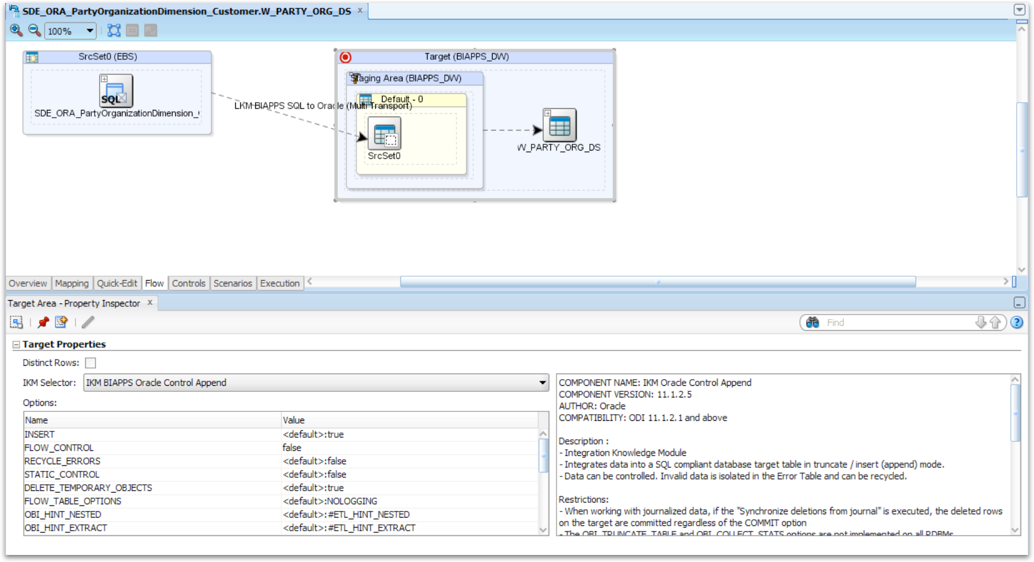

Please note, this may not use HTTPS.īy default, AD FS with use HTTP POST endpoint binding.

Identity Provider Configuration will often require you to refer back to the AD FS Server Manager to retrieve values: FieldĮnter the retrieved Federation Service Identifier. When you’re done with the Service Provider Configuration section, Save your work. Self-signed certificates may fail unless proper trust chains are configured within the Bitwarden Login with SSO docker image. Whether Bitwarden expects SAML assertions to be signed.Ĭheck this box when using trusted and valid certificates from your IdP through a trusted CA. Select SHA-256 from the dropdown unless you’ve configured AD FS to use different algorithm. Whether/when SAML requests will be signed.īy default, AD FS will sign with SHA-256. The algorithm Bitwarden will use to sign SAML requests. Select the Outgoing Name ID Format selected when constructing Claims Issuance Rules (see Rule 3). In the Service Provider Configuration section, configure the following fields: Field SAML Identity Provider Configuration will determine the format to expect for SAML responses.SAML Service Provider Configuration will determine the format of SAML requests.The Single Sign-On screen separates configuration into two sections: Jump back over to the Bitwarden Web Vault to complete configuration. Back to the Web VaultĪt this point, you’ve configured everything you need within the context of the AD FS Server Manager. You will need this identifier during a later step. In the Federation Service Properties window, copy the Federation Service Identifier: Get Federation Service Identifier

In the left-hand file navigator, select AD FS and from the right-hand options menu select Edit Federation Service Properties. You will need this certificate during a later step. Select the Token-signing certificate, navigate to its Details tab, and select the Copy to File… button to export the Base-64 encoded token signing certificate: Get token-signing Certificate In the left-hand file navigator, select AD FS → Service → Certificates to open the list of certificates. The following tabs illustrate a sample ruleset: To change the endpoint Binding (by default, POST), navigate to the Endpoints tab and select the configured ACS URL:Ĭonstruct Claim Issuance Rules to ensure that the appropriate claims, including Name ID, are passed to Bitwarden. To change the Secure hash algorithm (by default, SHA-256), navigate to the Advanced tab: Set a Secure Hash Algorithm Endpoint Binding Once the Relying Party Trust is created, you can further configure its settings by selecting Relying Party Trusts from the left-hand file navigator and selecting the correct display name.
#FS NAVIGATOR DATA LOAD DOWNLOAD#
Already an SSO expert? Skip the instructions in this article and download screenshots of sample configurations to compare against your own.ĭownload Sample Open SSO in the Web Vault


 0 kommentar(er)
0 kommentar(er)
